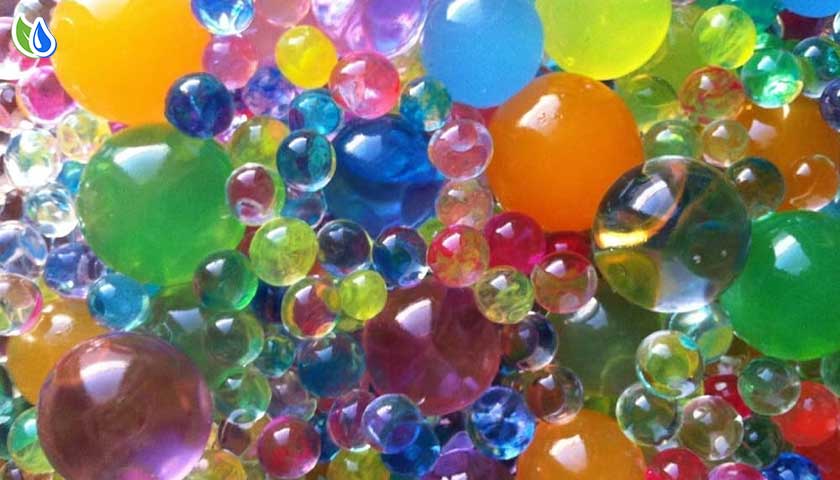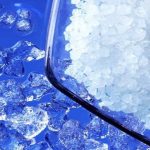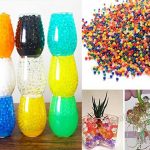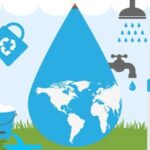
Unveiling the Marvels of Water Absorbents: The Profound Science of Superabsorbent Polymers
Water absorbents, scientifically known as superabsorbent polymers (SAPs) or hydrogels, are a group of materials with the extraordinary ability to absorb and retain substantial amounts of water. These polymers have catalyzed transformations in a multitude of industries, from revolutionizing agriculture to changing the landscape of hygiene products. This comprehensive article takes a deep dive into the science behind water absorbents, elucidating their molecular structure, properties, and the scientific principles that underpin their unique and remarkable capabilities.
The Intricate Molecular Architecture of Water Absorbents
The exceptional properties of water absorbents can be traced back to their complex molecular structure. These materials are typically derived from synthetic polymers, often sourced from petroleum-based feedstocks, although there’s a growing interest in exploring bio-based alternatives. Key features of the molecular structure that endow water absorbents with their remarkable attributes include:
1. Cross-Linked Polymer Chains: The core of water absorbents is formed by cross-linking polymer chains. Through chemical processes, these chains are interwoven to create a robust, three-dimensional network. This structural design not only imparts stability but also resists dissolution.
2. Hydrophilic Groups: Embedded within the polymer chains are hydrophilic groups, such as carboxyl, amide, or hydroxyl functional groups. These groups have a natural affinity for water molecules, fostering interactions through hydrogen bonding and other attractive forces.
3. Hydrophobic Backbones: Contrary to the hydrophilic groups, the polymer backbone is typically hydrophobic, ensuring that the water-absorbing capacity remains localized within the hydrophilic regions of the material.
4. Ionic Groups: Some water absorbents incorporate ionic groups, such as sodium or potassium ions, which enhance the water-absorbing capacity and influence the controlled release of water under specific conditions.
This intricate, cross-linked structure, in combination with the hydrophilic and hydrophobic attributes, allows water absorbents to mimic sponges for water, rendering them ideal for numerous applications.
The Mechanics of Water Absorption
Water absorbents employ a sophisticated blend of physical and chemical mechanisms to accomplish the absorption and retention of water. The water absorption process can be distilled into a series of steps:
1. Wetting: When water encounters a dry water absorbent, the hydrophilic groups on the polymer chains swiftly attract water molecules, initiating an immediate wetting phase.
2. Swelling: As water molecules are drawn into the hydrophilic regions, the polymer chains commence their swelling process, resulting in an expansion of the material’s volume. The polymer chains can absorb water many times their own weight.
3. Gel Formation: The swelling continues until the water absorbent metamorphoses into a gel-like substance. The trapped water becomes secured within the intricate three-dimensional polymer network.
4. Water Retention: The gel efficiently retains water, barring any escape of water molecules back into the surrounding environment. The retention phase can endure for a prolonged period, contingent upon the specific formulation and application.
A Multitude of Applications
The exceptional properties of water absorbents have spurred the creation of a vast array of applications across an array of industries:
1. Hygiene Products: Water absorbents are a linchpin in the design of disposable diapers, adult incontinence products, and feminine hygiene items. They excel at rapidly absorbing and locking away liquids to keep users dry and comfortable.
2. Agriculture: In the realm of agriculture, water absorbents are indispensable for optimizing soil moisture retention. They lessen the need for frequent irrigation, conserving precious water resources. They prove to be particularly invaluable in arid regions and for crops adapted to withstand drought.
3. Horticulture: For gardeners and landscapers, water absorbents are a boon. They enhance the water-holding capacity of potting soils, which leads to a reduction in the frequency of watering, facilitating healthier plant growth.
4. Soil Erosion Control: Water absorbents are mixed with topsoil and hydroseeding materials to stabilize slopes and prevent soil erosion in construction projects and ecological restoration efforts.
5. Environmental Restoration: In the noble endeavor of ecosystem restoration, water absorbents play a pivotal role. They ensure a consistent water supply to newly planted vegetation, facilitating the establishment of green cover in areas affected by wildfires or other ecological disturbances.
6. Dust Control: Industries like mining and construction employ water absorbents to effectively control dust. When integrated into dust suppression solutions, they significantly reduce airborne dust particles, thereby enhancing worker safety and air quality.
The Pinnacle of Advancements
As the demand for water absorbents continues to burgeon, sustained research and development efforts have yielded a cornucopia of noteworthy advancements:
1. Biodegradable Water Absorbents: The advent of biodegradable water absorbents signifies a momentous stride toward sustainability. These materials have the capacity to break down naturally, thus curtailing their environmental footprint.
2. Responsive Water Absorbents: The scientific community is delving into the integration of responsive polymers, which can release absorbed water in response to specific environmental cues, such as soil moisture levels or temperature. This nuanced control offers an avenue for precise moisture management.
3. Customized Formulations: Manufacturers are now crafting water absorbents tailored to specific applications. Certain formulations are designed to perform exceptionally well in saline environments, thus making them suitable for coastal agriculture, among other applications.
The Verdict
The science of water absorbents represents an intersection of chemistry, materials science, and engineering, proffering ingenious solutions to a slew of global challenges. These materials are not mere agents of water management but formidable allies in our efforts to optimize agriculture, heighten hygiene standards, and buttress environmental conservation.
As technology continues its relentless march forward and our comprehension of these materials deepens, we can foresee even more customized applications and sustainable alternatives. The science of water absorbents stands as a beacon of hope in an age marked by rising water scarcity and escalating environmental concerns, illustrating the transformative power of scientific innovation in addressing pressing global dilemmas. Water absorbents are not just scientific curiosities; they are pioneering solutions that have the potential to redefine our relationship with water and the environment.




